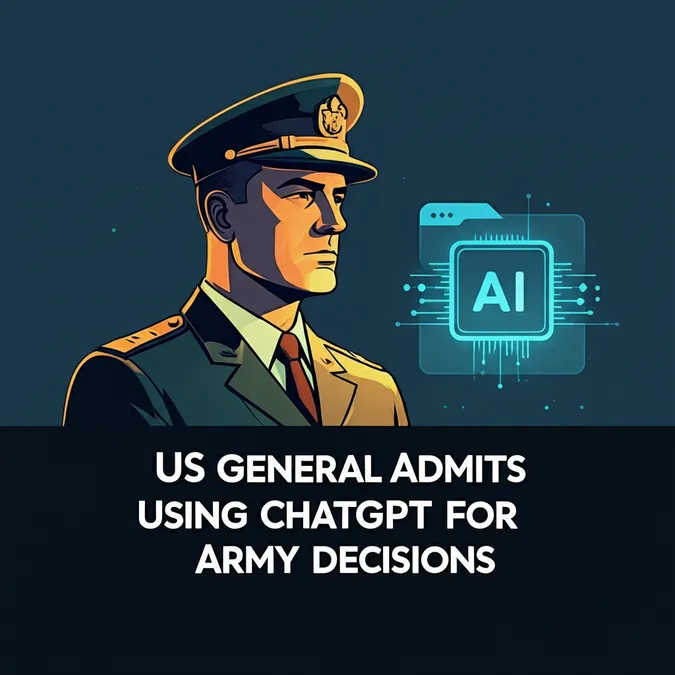Developer Offer
Try ImaginePro API with 50 Free Credits
Build and ship AI-powered visuals with Midjourney, Flux, and more — free credits refresh every month.
Unlock Better AI Responses With Smarter Prompts
If you're using AI chatbots like ChatGPT but find the results underwhelming, the problem might not be the AI. More often than not, the key to unlocking a better response lies in how you ask. Generative AI tools are incredibly powerful, but their output is a direct reflection of your input.
Sharpening your prompts is the most effective way to get more from these tools. Based on advice from the creators at OpenAI and Google, here are some practical tips to help you craft better requests and receive higher-quality replies.
Specificity is Key Give Clear Instructions
An AI chatbot can't read your mind, so your instructions need to be clear and explicit. Unlike a simple web search where keywords suffice, a good prompt requires detail. Asking to "design a logo" will give you something generic. Instead, flesh out your request with details about the company, its industry, and the style you're aiming for.
As ChatGPT's maker OpenAI advises, "Ensure your prompts are clear, specific, and provide enough context for the model to understand what you are asking." The more precise you are, the more relevant your response will be.
Treat It Like a Conversation Refine Your Request
Think of your interaction with a chatbot as a conversation. You wouldn't stop after just one exchange with a friend. The same principle applies here. Ask follow-up questions and refine your original prompt to steer the AI toward the answer you need.
You may need an extended back-and-forth to get the best output. Google suggests trying a "few different approaches" if the first attempt doesn't work. By iterating and fine-tuning your prompts, you can guide the model to produce much better results.
Define the Persona and Audience
You can significantly influence the chatbot's response by telling it what kind of voice or style to adopt. Words like "formal," "friendly," "humorous," or "professional" help set the tone. It's also helpful to specify the intended audience for the response.
For example, you could ask for an explanation of quantum physics in the style of a professor addressing graduate students, or in the voice of a teacher talking to young children. This helps tailor the vocabulary, complexity, and overall approach. While effective, some experts caution that giving the AI an overly authoritative persona can sometimes make the text sound manipulative.
Provide Rich Context and Examples
Give the chatbot the full story behind your request. Don't just ask it to "plan a weeklong trip to London." That will only get you a generic itinerary you could find in any travel guide.
Instead, provide context. A much better prompt would be: "Help me plan a weeklong trip to London in July for a family of four. We love theatre but aren't interested in historic sites or pubs. Can you recommend mid-range hotels near the West End and cheap places for dinner?" This level of detail allows the AI to generate a tailored plan with specific hotel options, a customized itinerary, and relevant dining suggestions.
Set Clear Boundaries and Limits
Sometimes, less is more. You can control the length and format of the AI's answer by setting clear limits. An open-ended question about quantum physics might result in a dense, technical overview. However, asking for a "150-word explanation" will produce a concise, easy-to-digest summary.
Try imposing constraints to get more focused responses. Telling the chatbot to reply in 300 words or to list five bullet points are great ways to get the clear and succinct information you're looking for.
Compare Plans & Pricing
Find the plan that matches your workload and unlock full access to ImaginePro.
| Plan | Price | Highlights |
|---|---|---|
| Standard | $8 / month |
|
| Premium | $20 / month |
|
Need custom terms? Talk to us to tailor credits, rate limits, or deployment options.
View All Pricing Details

